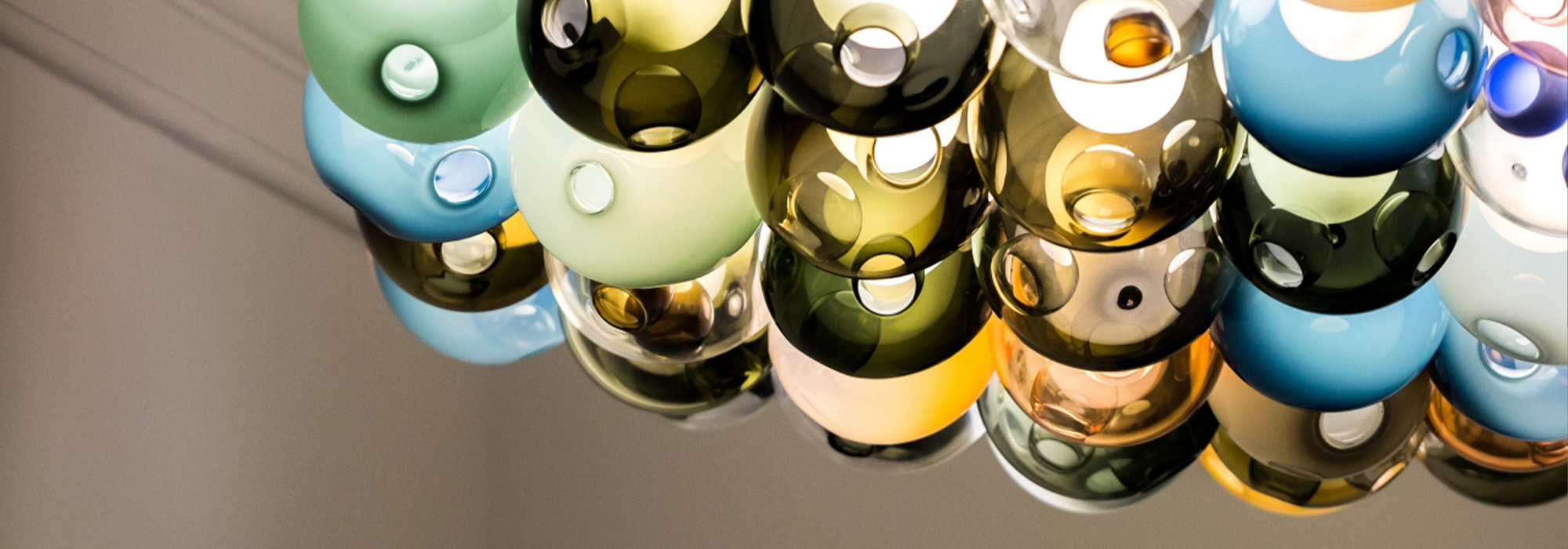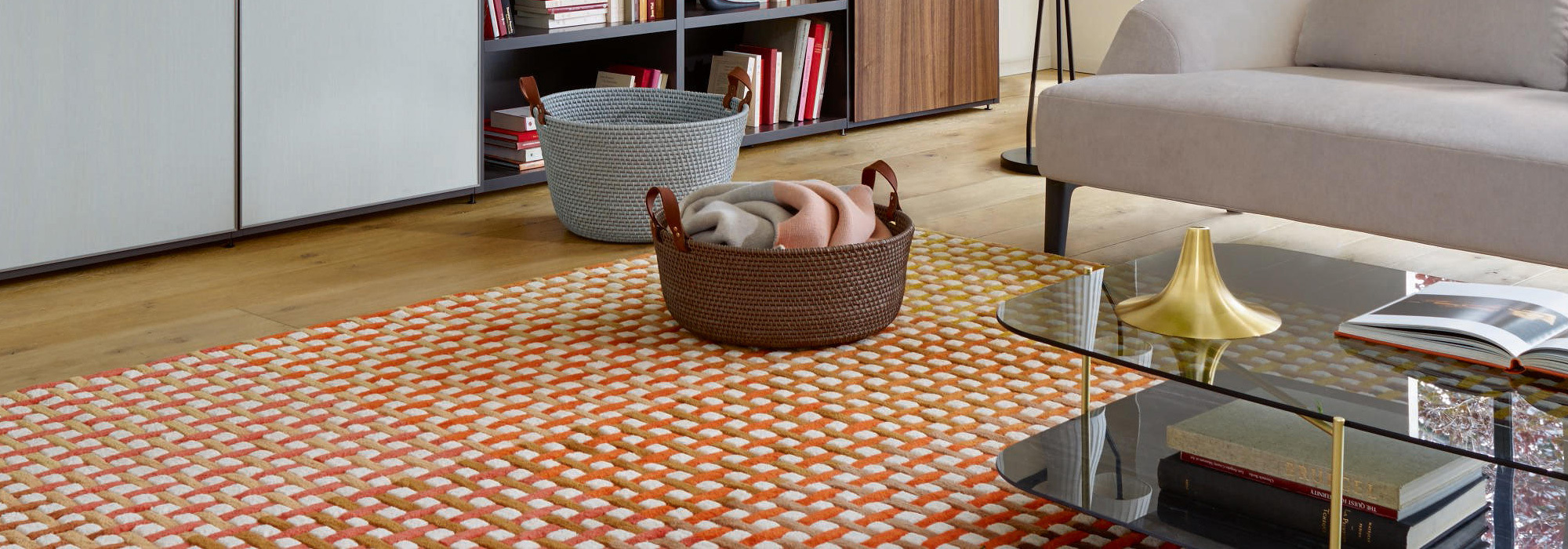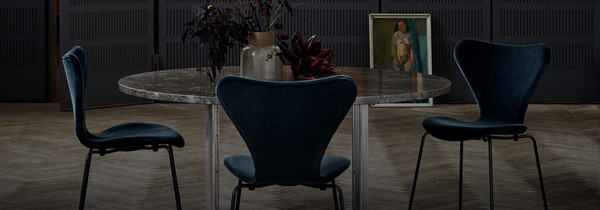
The History of the Bauhaus in 6 Stylish Designs
There have been many artistic movements that have shaped the way we see the world. None, however, have done so quite as profoundly as the Bauhaus School of the Arts. As Europe was ravaged by war, the Bauhaus was the spark that set modernity in motion. From glass skyscrapers to the rational face of contemporary design, western society is, quite literally, built in their image. With 2019 marking the centenary since their inauguration, we’re delighted to share their story through 6 stylish designs.
1) Wassily Lounge Chair
Hungarian architect Marcel Breuer designed the Wassily Lounge Chair in 1926. Not convinced by the pomp of 20th century design, he set out to create a chair that was pure, essential and modern. In a powerful exercise in reduction, he stripped down a Club Chair until all that remained was a tubular steel frame, akin to that of a bicycle. It wasn’t until he rode home that the idea struck. What if the steel frame could be bent into a functional chair? What if structure could become decoration?
It seemed like a small action at the time but it was symptomatic of all that was revolutionary about the Bauhaus. Whereas other art schools were elitist and stuffy, the Bauhaus was modern and democratic, determined to dismantle the old in favour of a new universal design language.
2) S32 Dining Chair
Form follows function. It’s an idea that’s often touted by contemporary designers and was intrinsic to all designs produced in the Bauhaus workshop. It also explains the proliferation of stylish cantilevered chairs that emerged during the 20s and 30s. Superbly comfortable, the cantilever offers a range of motion that meant designers could dispense with additional padding. The use of just one or two steel legs also conformed to the “less is more” aesthetic championed by the school. Our favourite examples include Thonet’s S 32 V Dining Chair and Knoll’s Brno Tubular Side Chair — both now a stylish staple of contemporary spaces.
3) The Farns Sideboard
Ludwig Mies Van Der Rohe was the third and final director of the school, presiding over it until it was forced to close by the Nazis in 1933. The mastermind behind the iconic Barcelona Chair, he was also a prolific architect. All glass skin and steel bones, his buildings were titans of modernity, eschewing bricks in favour of newer, more robust materials.
Fast-forward to 2019 and his influence lives on in Walter Knoll’s latest sideboard, The Farns. Released at this year’s IMM Cologne, it pays homage to one of Mies Van Der Rohe’s finest works, Farnsworth House. The floating, single storey building is evoked in the sideboards deliberate use of glass and wood, which, like the house, remains carefully open from all sides. At once a place to store and display treasured items, it is a room within a room, a beautiful example of what Mies might have classed “furnitecture.”
4) Barcelona Lounge Chair
Since it’s inception, the Bauhaus sought to unite the fields of art and craft, promoting a curriculum that included the study of architecture, sculpture, painting, crafts and engineering. It made sense at the time. Germany was still suffering from the dire repercussions of World War One and the then director, Walter Gropius, thought that the return to hand-made design would prompt both an economic and cultural revival. While the idea that each design should be made by hand eventually lost out to the march of industry, it did establish a guild of uniquely talented artisans who could turn their hand to just about anything.
The Barcelona Lounge Chair is one of the fruits of such labour. Originally designed by Ludwig Mies Van Der Rohe for the Barcelona Pavillion in 1929, each of the 40 leather panels is hand-cut, hand-welted, and hand-tufted with leather buttons. The chair of choice for Mad Men’s Don Draper and Suits’ Harvey Spector, it has become an icon of modernist style and is manufactured in the same labour-intensive process until this day.
5) Kaiser Idell Luxus Table Lamp
Lighting design in the Bauhaus School of the Arts was, like much else, a rigorous exercise in functionalism. One of the key figures was Christian Dell who started life with the Bauhaus as a foreman in the metal workshop. Whatever free time he had, he spent sketching ideas for a contemporary light, popularising the use of graceful lines and generous domes with his Kaiser Idell Lighting Series.
A key component of the Kaiser Idell Luxus Table Lamp was the patented swivel joint that allowed for easy manipulation of light. A revolution at the time, it was a bi-product of the school’s hands-on approach, in which architects and designers were encouraged to learn about every aspect of their craft.
6) Laccio 1 Side Table
Another key tenet of Bauhaus design was the idea of introducing clean lines into open space. It’s this notion perhaps more than any other that has meant that Bauhaus design looks and feels so modern today. One of the best examples is Knoll’s Laccio Side and Coffee Tables. A selection of interlocking nesting tables, they offer an architectural take on the modern coffee table, maximising space and adhering to the Bauhaus preference for sharp angles and straight lines.
Taken together, the Bauhaus represented a seismic shift in the way we conceive our buildings and interiors. In stripping down the barriers between fine and applied art, it launched a new, democratic ideal of luxury, in which the materials and craftsmanship spoke for itself. At Chaplins, we’re delighted to part of this enduring legacy, sharing contemporary Bauhaus furniture with the UK and abroad.
Do you have a favourite Bauhaus design? Let us know on Twitter, Instagram or Facebook.
GET THE BAUHAUS LOOK
























